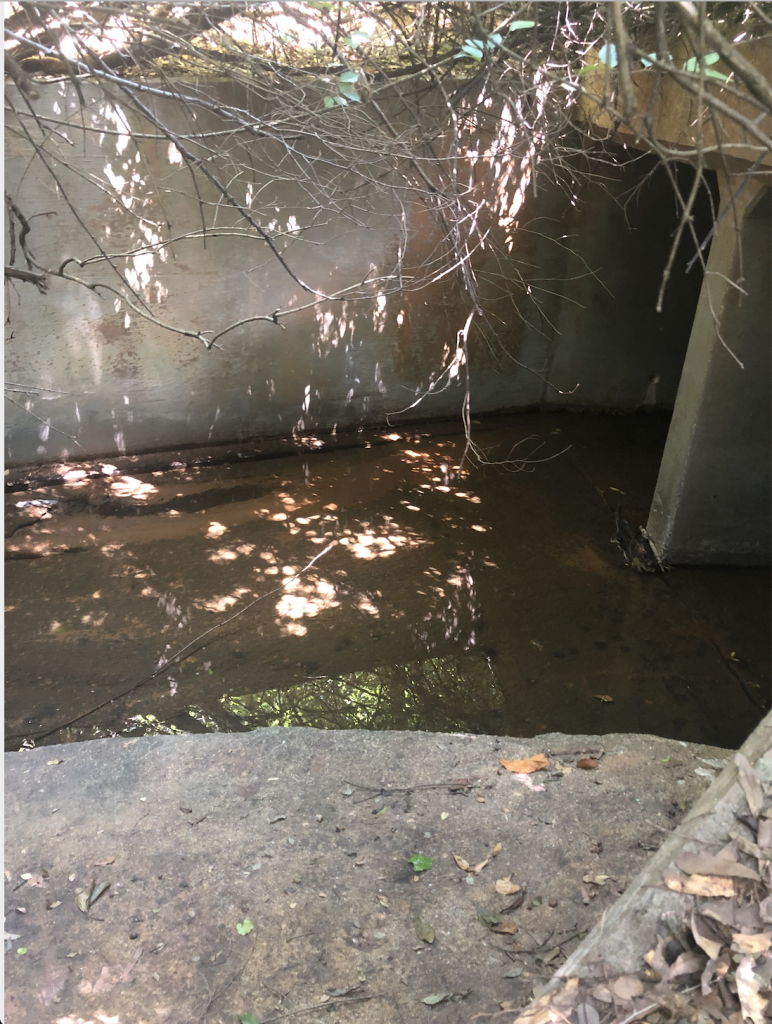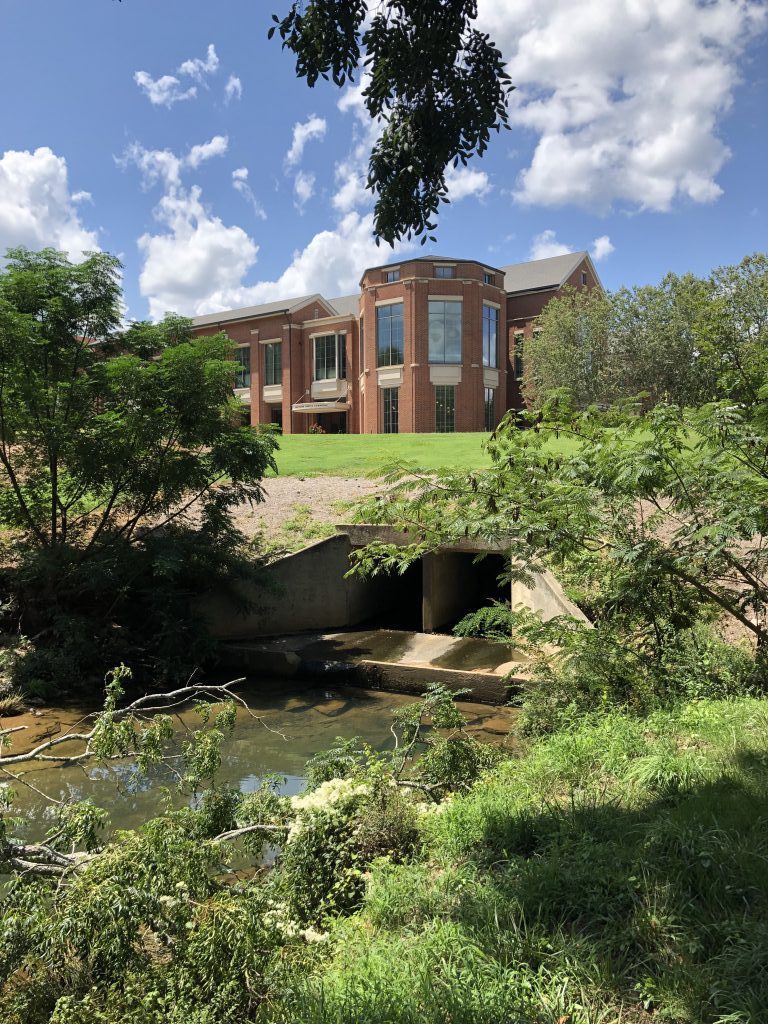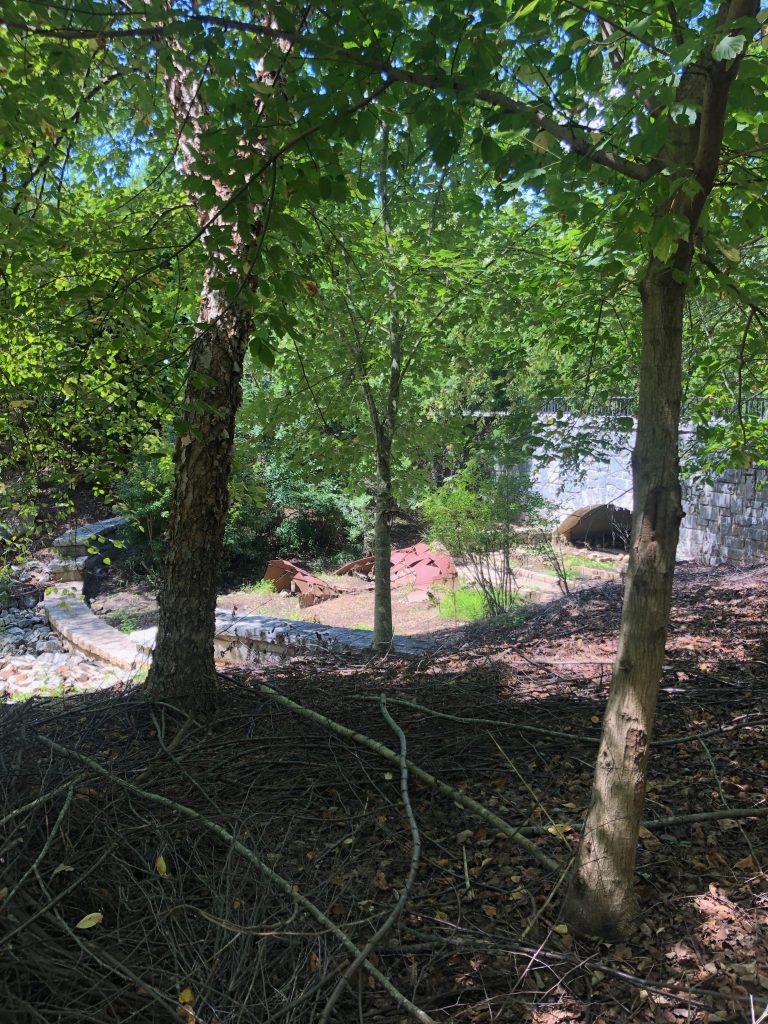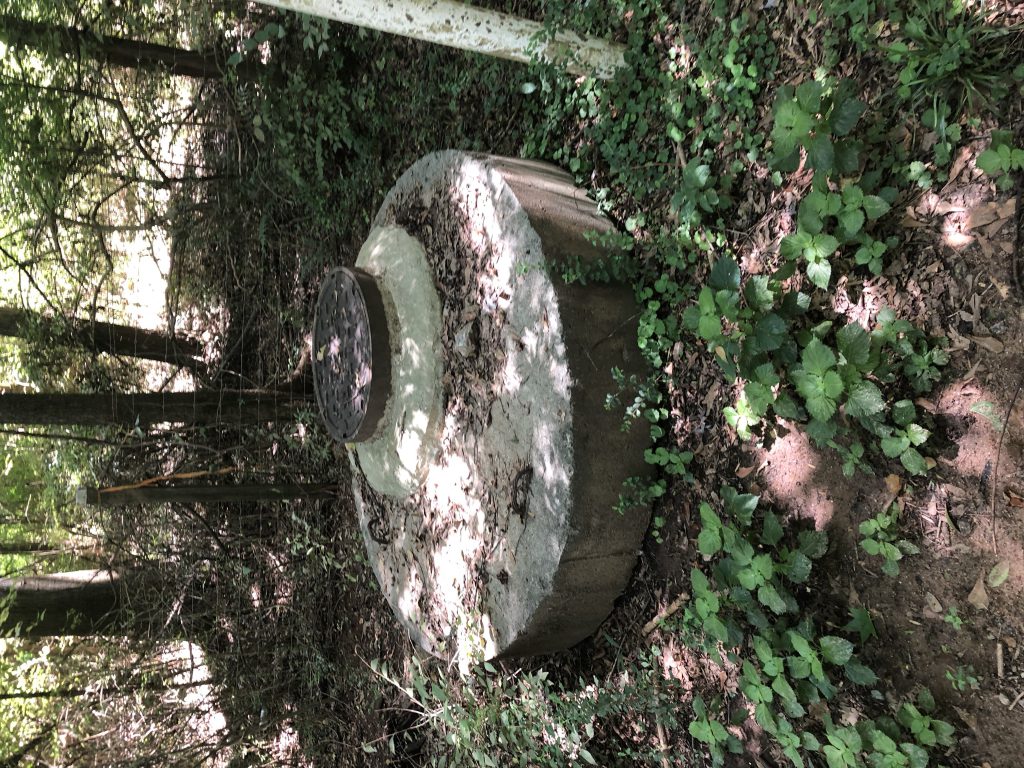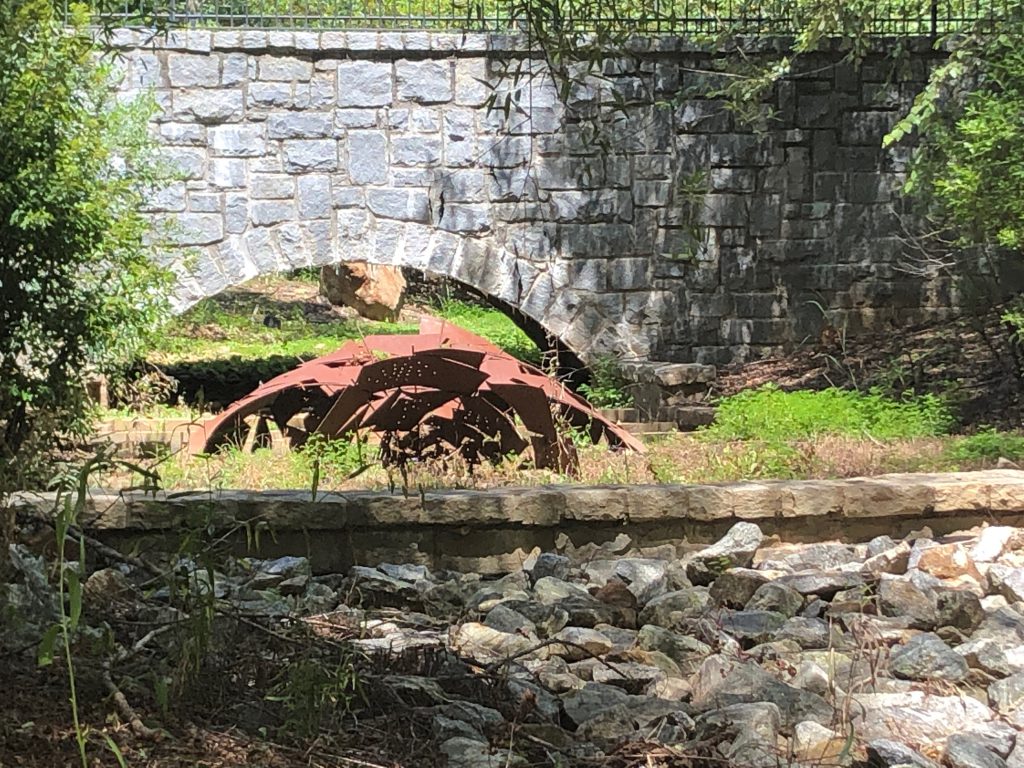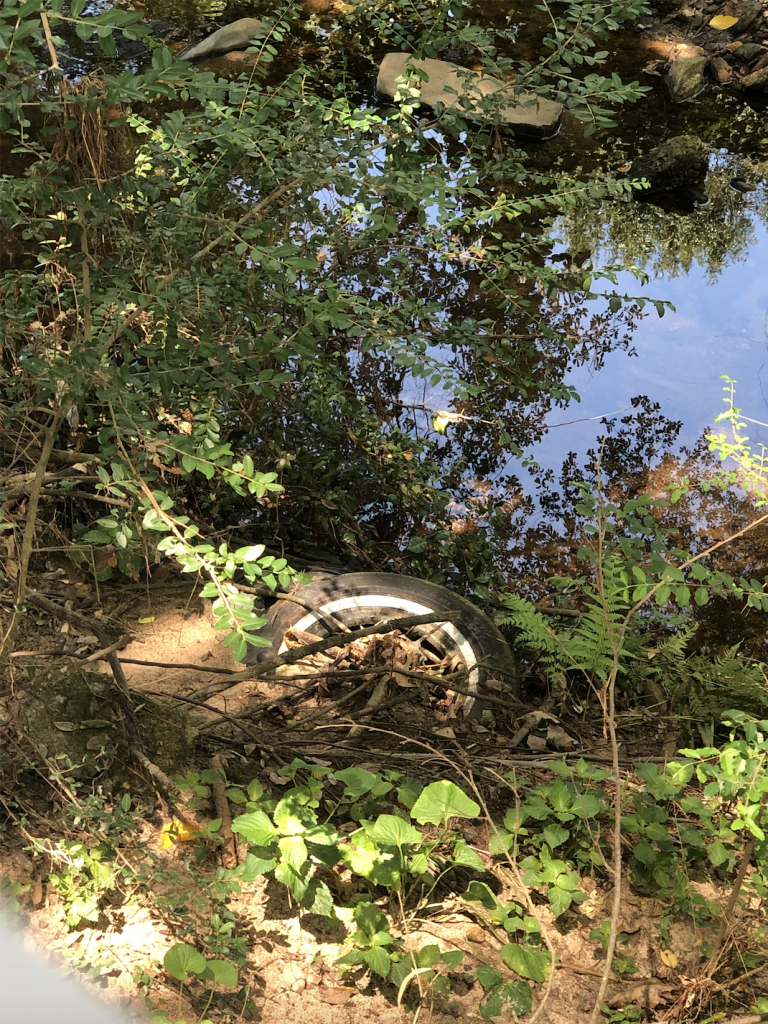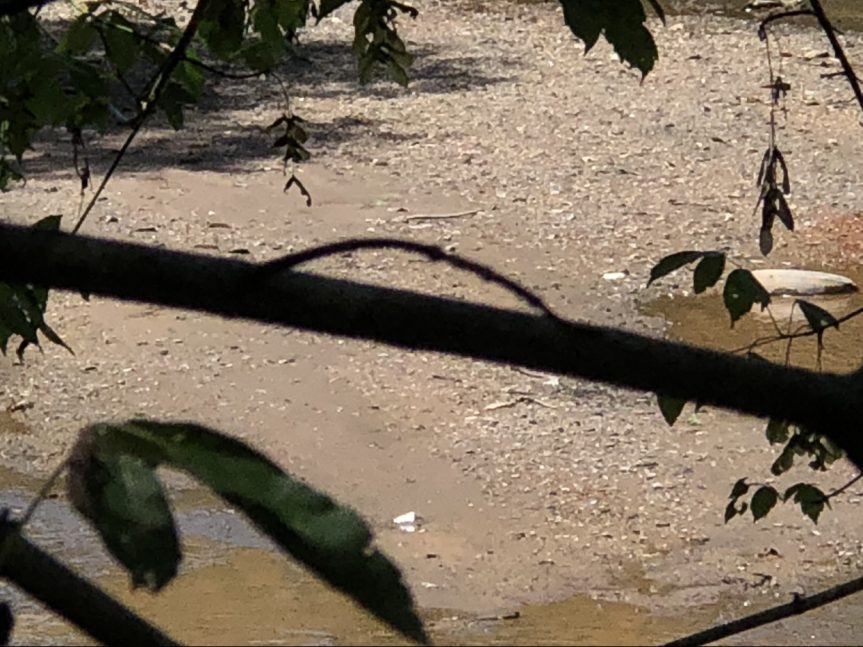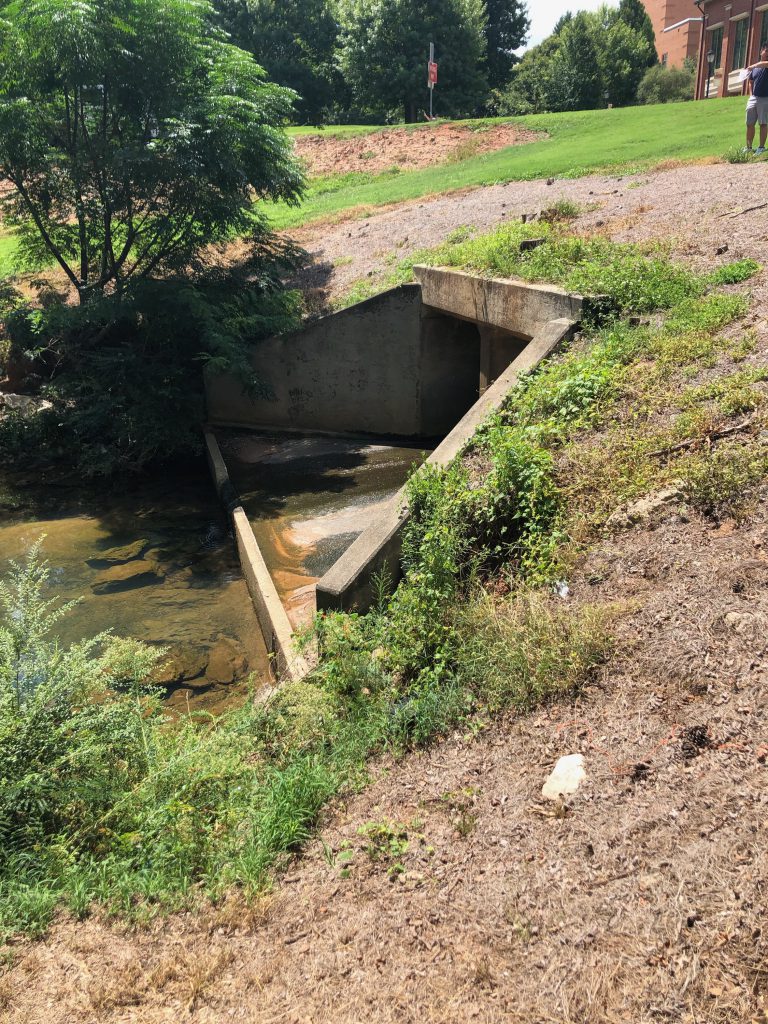Rowan Wiley
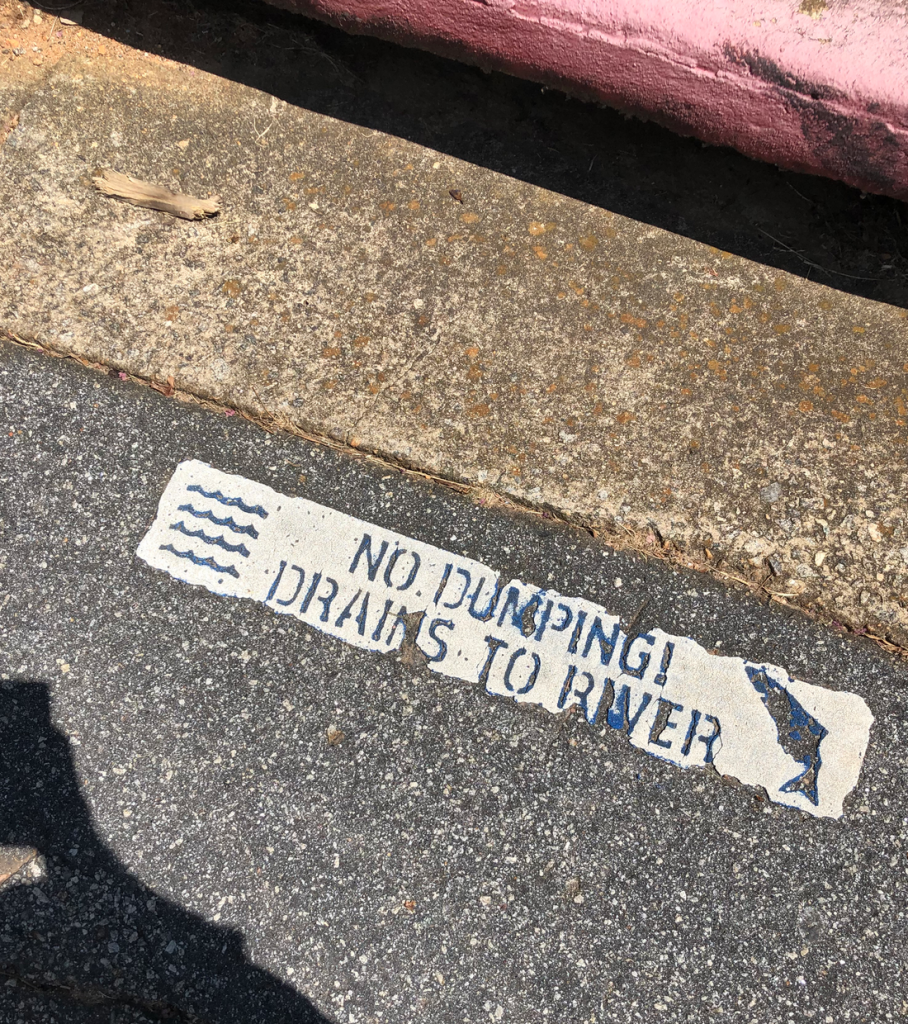
I consider this picture a point of pride.
In this picture, I see a simple sewer grate set into the side of the road with a label in front of it that says “NO DUMPING! DRAINS TO RIVER.”
What I notice in this picture is how clear the warning label. It is written in capital letters on a white background, is surprisingly large, and even has illustrations of water and a fish to emphasize the point.
This picture makes me think about rivers and streams and how they are constantly impacted by our bad choices. We are always dumping trash and other toxins into the waterways around us and think little of it.
When I look at this picture, I feel proud but also sad. I’m proud of the community for putting up a sign like this in an effort to remind us of the consequences of our actions. However, I also feel sad because I realize that we shouldn’t need a label there and that the only reason it is there is because we messed up in the past.
I think this picture is about us learning from our past mistakes and trying to do the right thing as we move forward.

